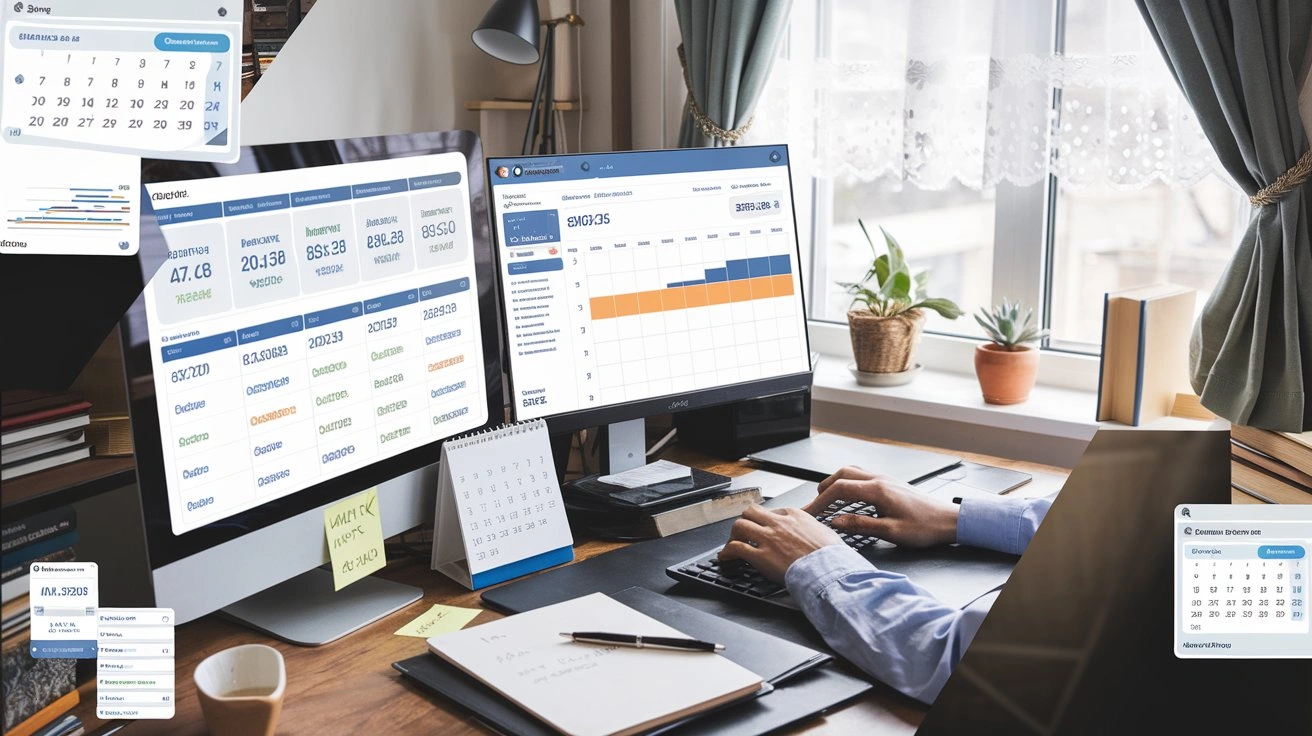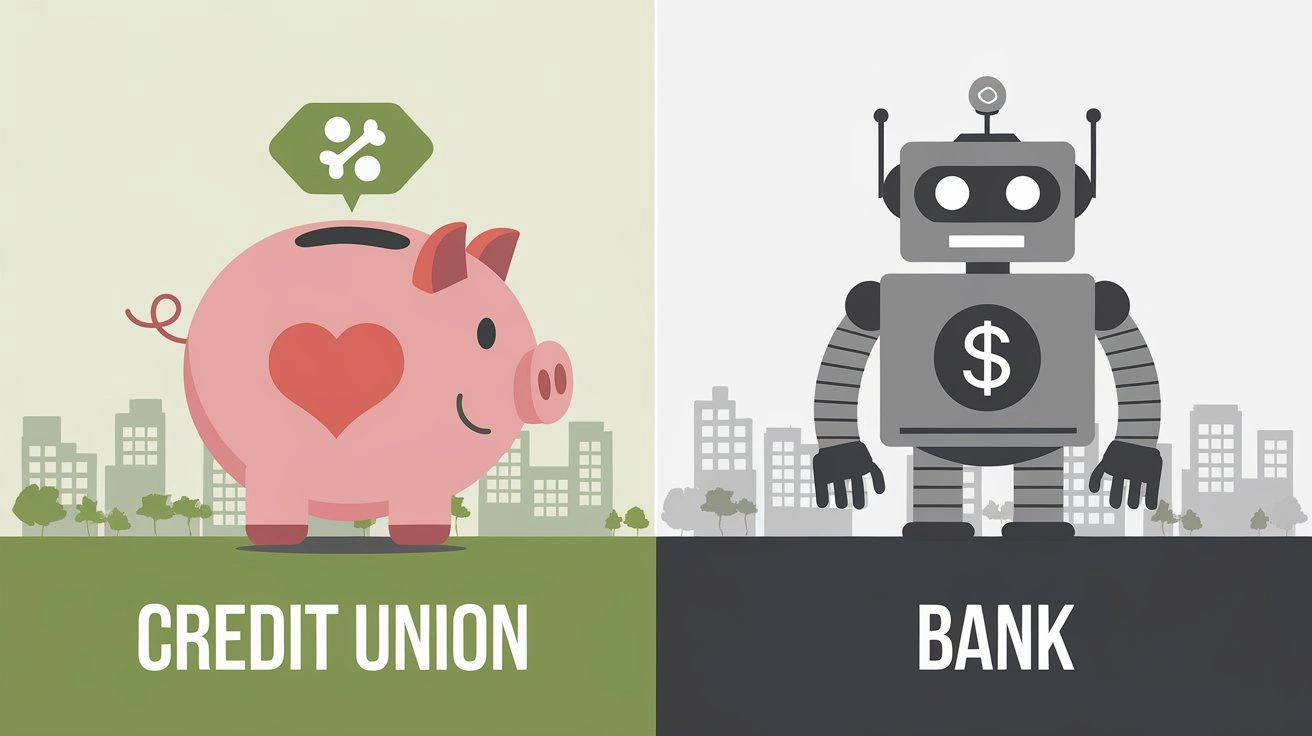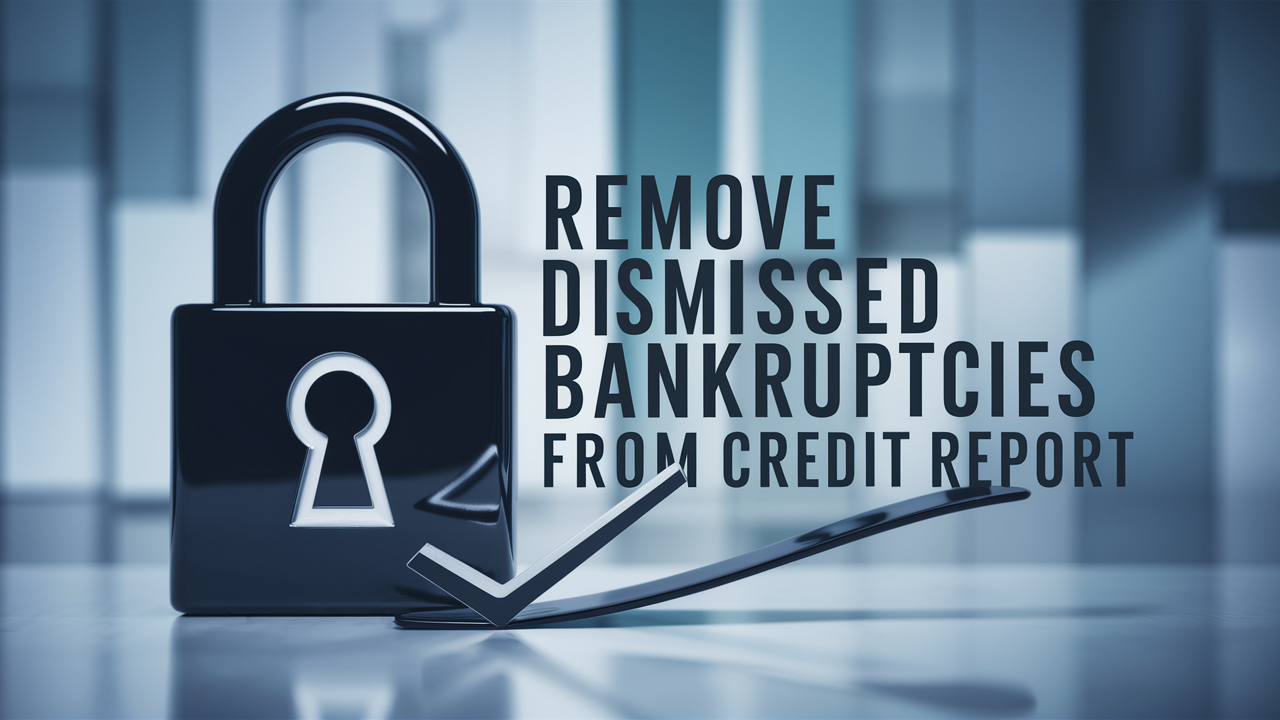How Long Does Voluntary Repo Stay On Credit?

How Does a Voluntary Repo Affect Your Credit Report?
If you can no longer meet the monthly payments on a car, boat, RV, motorcycle, or other vehicle that was purchased through financing, surrendering the vehicle to the lender is the best thing to do. However, while a voluntary repo may spare you some expenses and inconveniences in the future, it will adversely affect your credit standing for some time.
The following subtopics show the process of how a voluntary repo works:
Voluntary repossession in the context of a title pledge means that instead of going on and missing payments or waiting for a repossession team to come and take back the financed item, one returns the financed item voluntarily. Thus, you do not wake up one morning and realize that your car is no longer in the garage or where you parked it, like in the case of a forced repossession once the payments cease. However, the borrower has to return the item in good working condition at a specified place agreed upon with the lender. In case it is not in good working condition, people may be charged for repairs.
Whenever the voluntary surrender takes place, the account in question becomes in a state of default. The lender sells the item and deducts the amount earned from the loan balance you were owed. If there are still outstanding balances due on the loan after the surrendered item is sold, it goes to collections and may be a deficiency judgment that allows the creditor or collector to garnish wages or take money from accounts to get some money back.
How Is It Noted on the Credit Report?
A voluntary repo, similar to a usual repo, does reflect on your credit report. The account had a status of seriously delinquent account, which was later on listed as a default account. The voluntary surrender also gets recorded as a repo under the account section of your credit reports with Experian, Equifax, and TransUnion. This way, anyone who is pulling your credit will find you had a recent repo on your history.
The repo appears on your credit report for 7 years starting from the time you made the first payment which you defaulted on and subsequently surrendered the car. So, let’s say that you began missing payments on your car half a year before you had the repo or surrendered the car; that one payment puts you at seven years of having the repo on your credit. The late payments appear as different line items, while the default and delivery of the vehicle are reported as one event with the same date for credit reporting. Thus, from the date of the first missed payment up to 7 years thereafter, the entire negative episode will stay on your credit.
Consequently, the table below presents a summary of the scenario and the effects on the credit scores of a Voluntary Repo.
A voluntary surrender can have a very negative impact on credit scores that one had a good or excellent rating on. Typically, expect scores to drop as low as 100 or more points after a voluntary repo. They also found that the more one’s scores were before this event, the greater the magnitude of decline that could happen. You could be 720 before a voluntary repo and then be 620 or below after it reflects on your credit reports and negatively impacts several parts of your record.
The damage comes because of a voluntary repo.
- Brings your overall outstanding account balances from another charged-off account
- Worsen your payment history on that account
- See examples of how you were not able to handle credit well
- Increases your debt-to-income ratio
- Other negative signs that crews used in evaluating credit risk include
It is a fact that most of the damage affects your scores within the initial couple of months after the repo. It weakens gradually over the next 7 years but might continue to drag down credit scores until they are off your reports.
Recovering after voluntary repossession
Is all hope lost after a voluntary repo? Not necessarily. You can start rebuilding your credit right away using a combined approach.
- Make payments for all other existing accounts on time - Ensure green payment status on credit cards, loans, and other financing. Late payments reduce credit even more.
- Pay down balances on revolving accounts - Credit utilization also affects a repo in a way that lowering it is beneficial. Allowing balances to increase even more negatively impacts scores.
- Limit the credit application – apply for credit replacement only; many credit applications are often seen as credit risks.
- Add positive accounts – A year after the repo date, request for credit in small increments. Start with secured cards and credit builder loans and then move up to the unsecured credit accounts.
- For the voluntary repo, double-check the credit reports to ensure the voluntary repo is stated accurately, along with the monthly payments before it. Squabble with anything that you consider to be a serious mistake that may be unlawful in reducing your scores.
If you are out to rebuild your credit after the havoc that has been caused over the 7 years, you have to be very careful, especially when it comes to creating new accounts as well as managing the accounts that you already have. The voluntary repossession turns into another negative and a ‘locked’ matter that is of much lesser importance in your ever-enhancing record. If you find yourself in a situation where you need guidance on how to get back on your feet after the voluntary surrender option, then you should consider seeking the services of a nonprofit credit counseling agency.
Ready to boost your credit score? Call +1 888-804-0104 now for the best credit repair services near you! Our expert team is here to help you achieve financial freedom and improve your credit. Don't wait—get started today!



